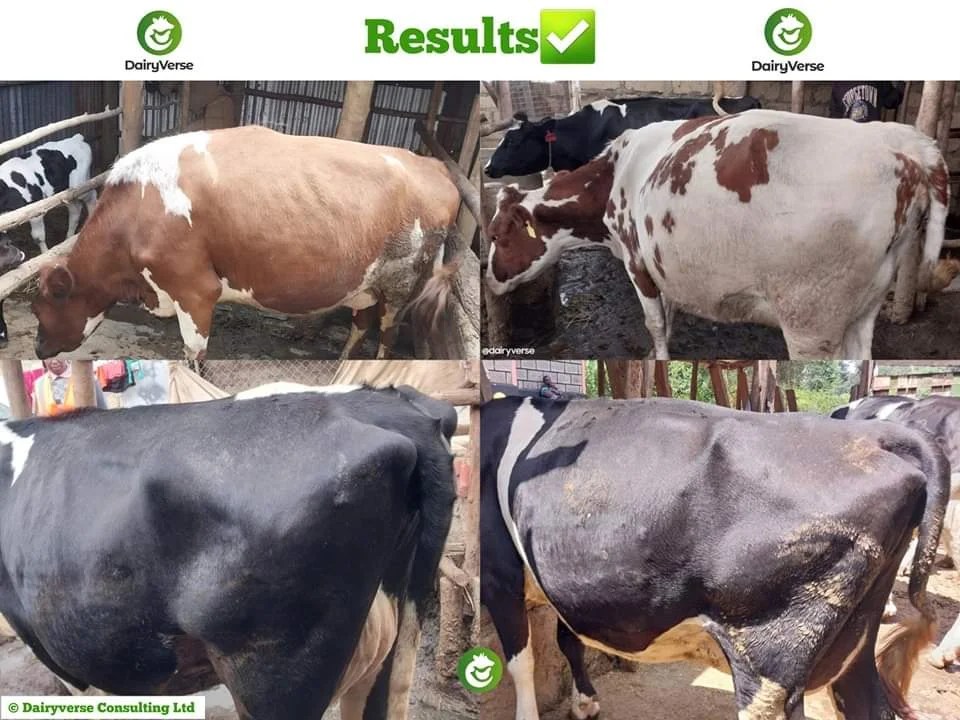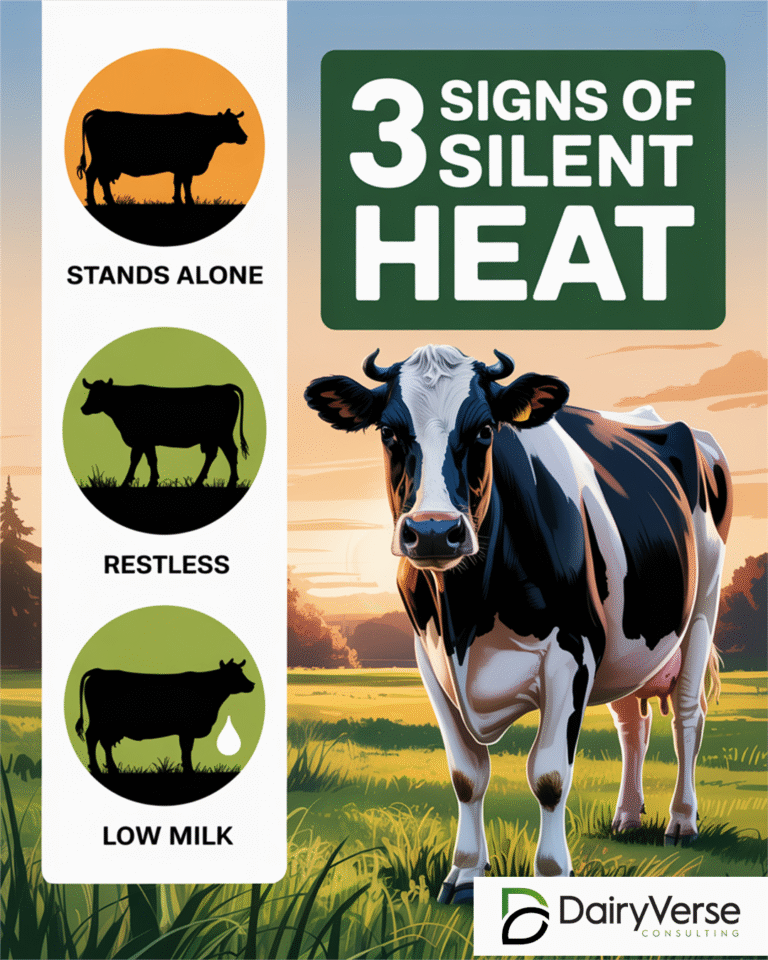Boosting Milk Yield: Practical Tips for Dairy Farmers in Kenya
In Kenya, dairy farming is a vital source of income for many smallholder farmers. Maximizing milk yield from dairy cows is essential for profitability and sustainability. This blog will explore actionable strategies and best practices for improving milk yield in dairy cows across Kenya.
1. Selecting Quality Breeds:
– Choose dairy cow breeds known for high milk production, such as Friesians, Ayrshires, or Jerseys.
– Consider crossbreeding programs to capitalize on hybrid vigor and improved milk production traits.

2. Nutrition Management:
– Provide a balanced diet rich in nutrients, including protein, energy, vitamins, and minerals.
– Utilize locally available feed resources such as Napier grass, maize stover, and leguminous forages.
– Supplement with commercial dairy concentrates to meet cows’ nutritional requirements, especially during lactation. You can make dairymeal at your farm, to get a formula, click here.

3. Proper Feeding Practices:
– Implement a consistent feeding schedule to maintain rumen health and optimize digestion.
– Ensure access to clean water at all times, as hydration is crucial for milk production.
– Monitor body condition scores and adjust feeding regimes accordingly to prevent under or overfeeding.
4. Improved Breeding Techniques:
– Embrace artificial insemination (AI) services to access superior genetics and improve the overall quality of the herd.
– Implement strategic breeding programs to synchronize calving intervals and maximize lactation periods. Heifers should come on heat at 15 months of age and milking cows should come on heat 45 to 60 days after calving. Incase of any delays, consult our experts for personalized solutions.
5. Health and Disease Management:
– Establish a proactive herd health program, including regular vaccinations, deworming, and parasite control.
– Conduct routine health checks and promptly treat any illnesses or infections to minimize production losses.
– Practice proper mastitis prevention techniques, such as maintaining clean udders and implementing proper milking hygiene protocols.

6. Optimal Housing and Comfort:
– Provide well-ventilated, clean, and spacious housing facilities to minimize stress and promote cow comfort.
– Implement proper bedding management to reduce the risk of lameness and improve overall welfare.
– Invest in shade structures to mitigate heat stress during hot weather periods.
7. Effective Herd Management:
– Implement a robust record-keeping system to track individual cow performance, including milk yield, reproductive status, and health history. To get our Comprehensive Milk RecordCard, click here.
– Utilize technology solutions such as milk meters or milk recording systems to accurately measure milk production and identify high-performing cows.
– Rotate pastures and implement grazing management strategies to optimize forage utilization and maintain pasture quality.

8. Continuous Learning and Adaptation:
– Stay informed about advancements in dairy farming practices through training programs, workshops, and extension services. Learn more on how to improve
– Network with fellow dairy farmers and industry experts to exchange knowledge and learn from each other’s experiences.
– Embrace innovation and be open to adopting new technologies and techniques that can enhance milk production efficiency.

Conclusion:
Improving milk yield in dairy cows requires a holistic approach that encompasses genetics, nutrition, management, and health. By implementing these practical tips and embracing a continuous improvement mindset, dairy farmers in Kenya can optimize milk production, enhance profitability, and contribute to the growth and sustainability of the dairy industry.







